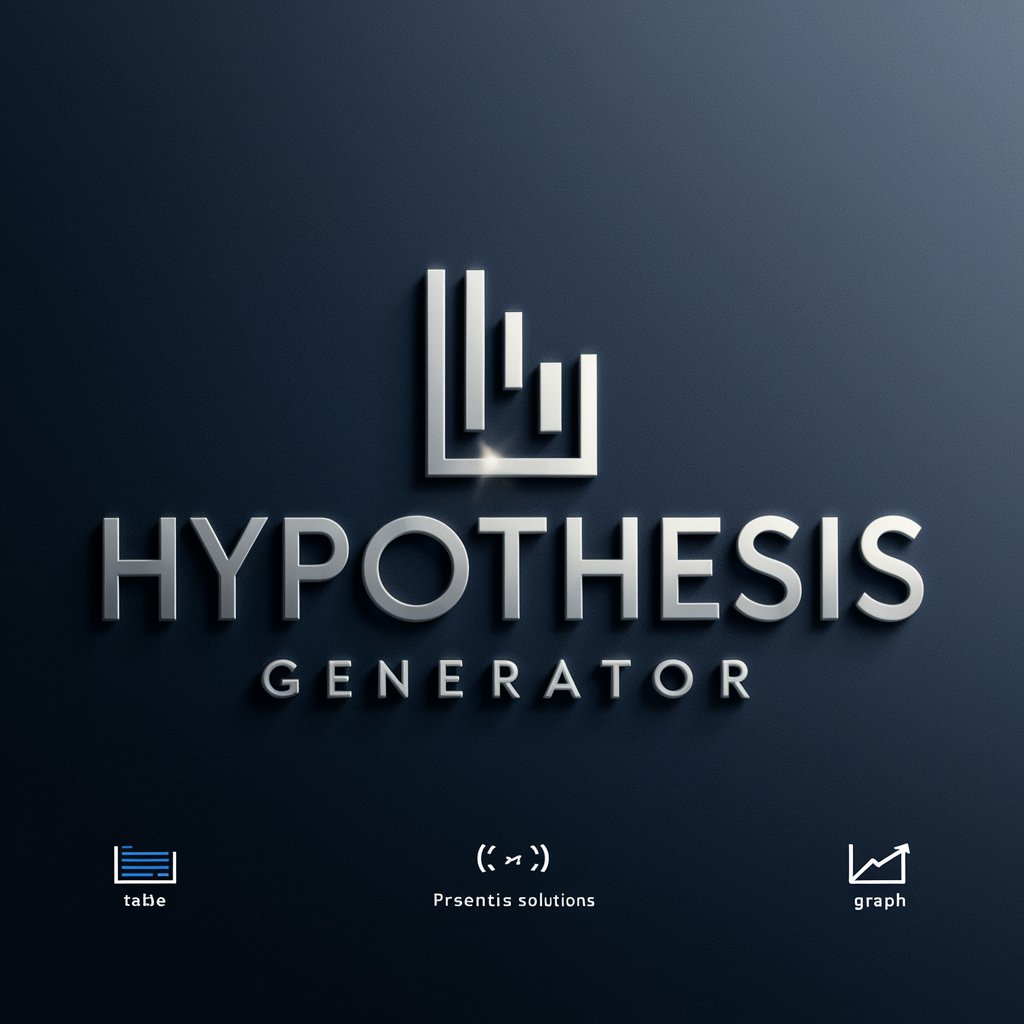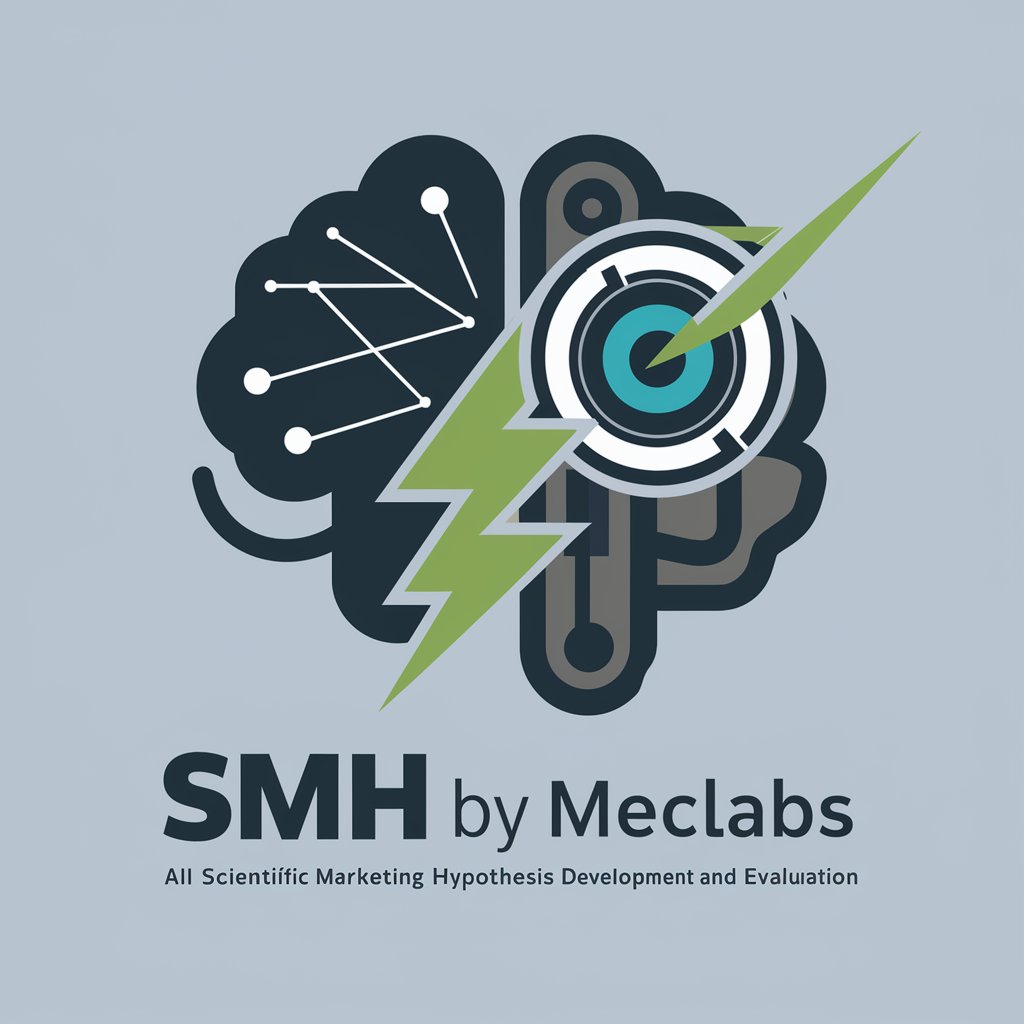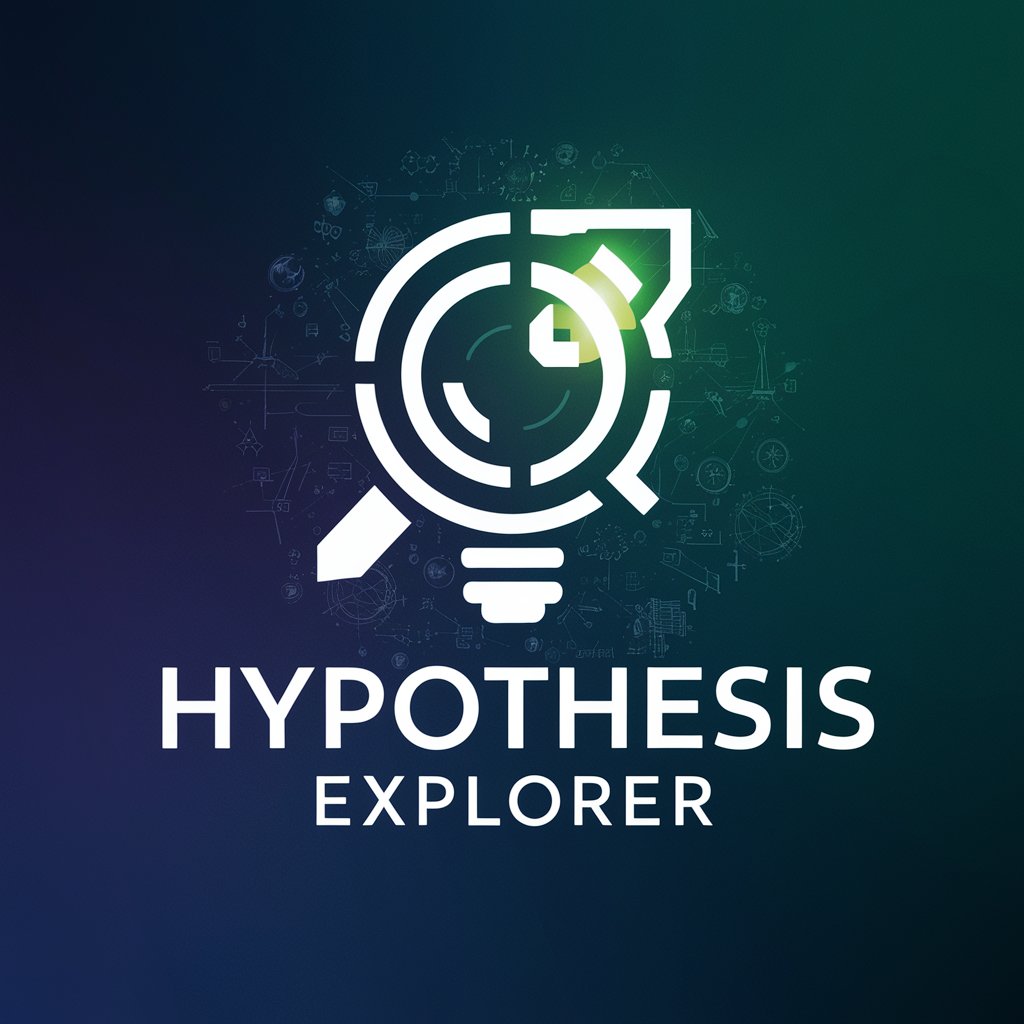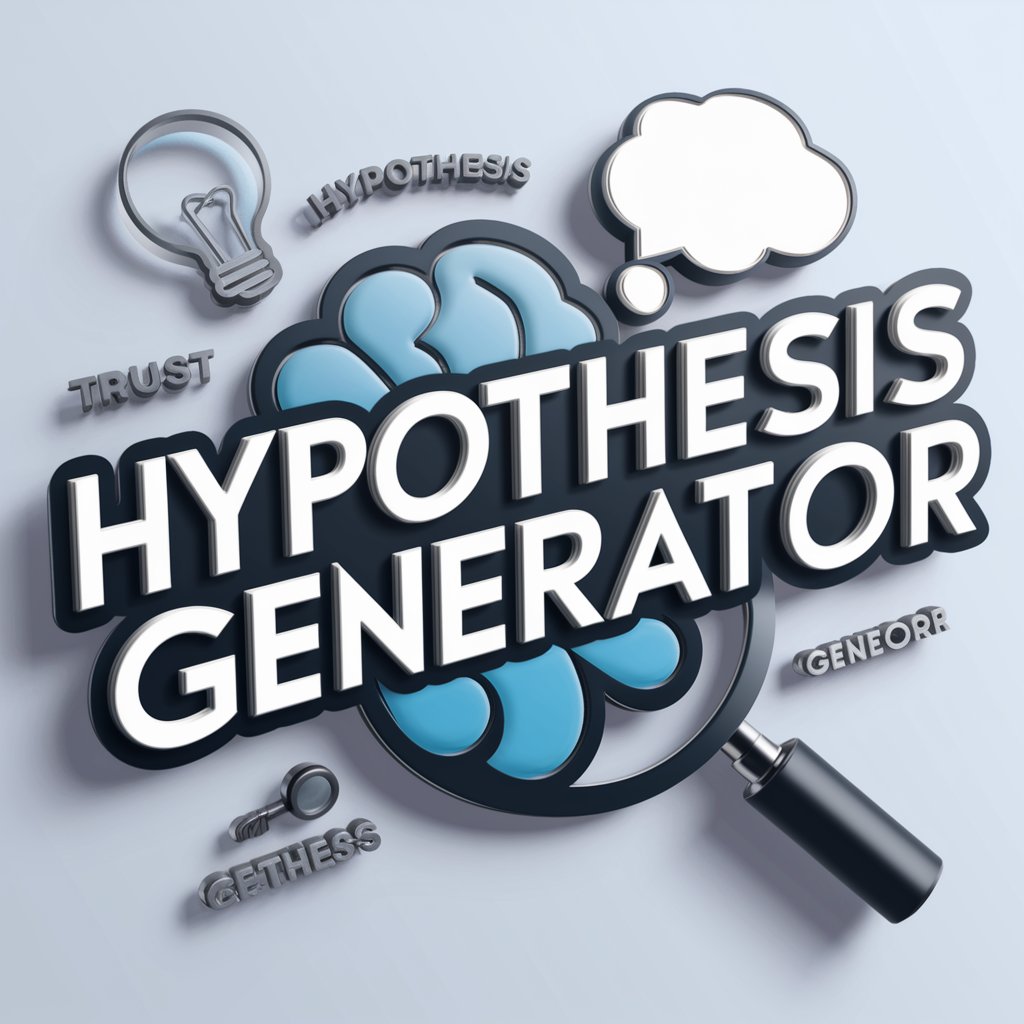
Hypothesis and Prediction Clarifier - Hypothesis-Prediction Clarification
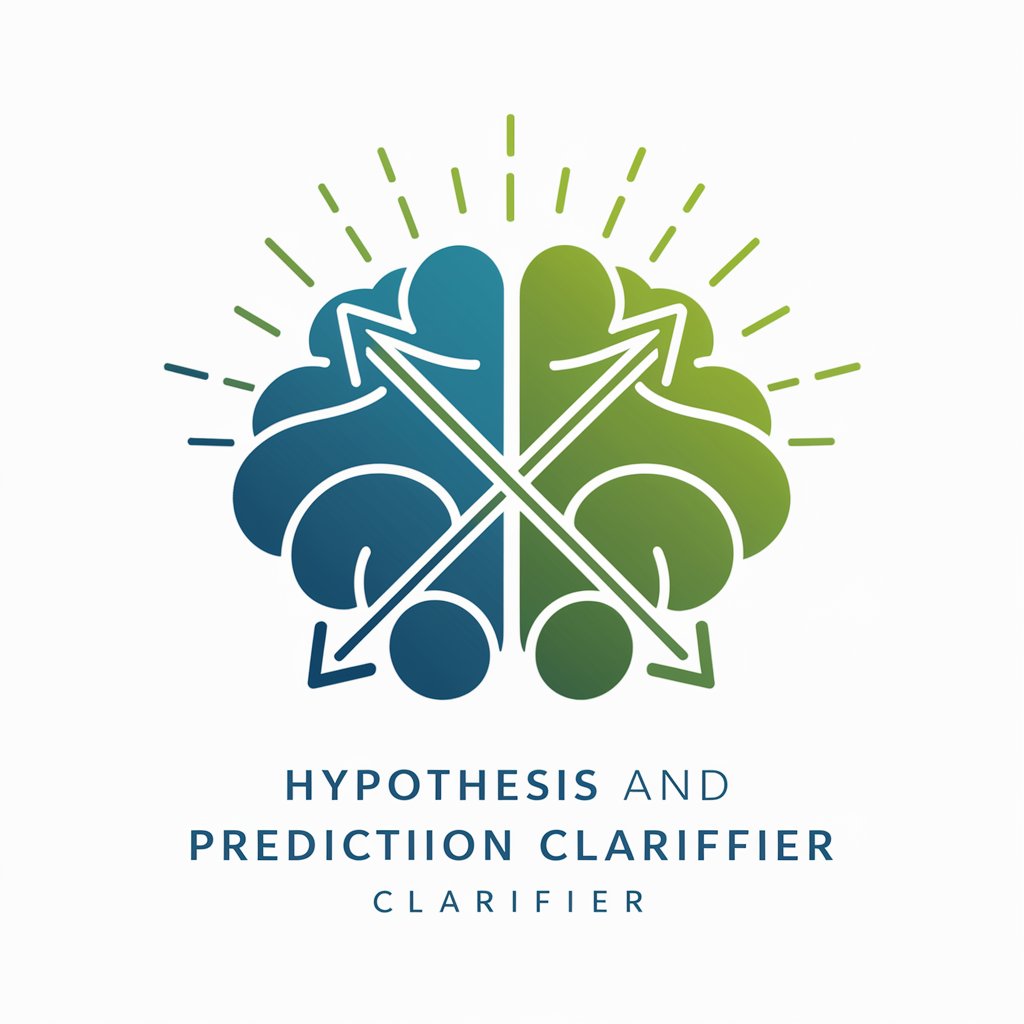
Welcome! Let's clarify your scientific hypotheses and predictions.
Clarifying Scientific Reasoning with AI
Can you explain the difference between a hypothesis and a prediction in the context of
Please identify the underlying hypothesis in the following prediction:
Given the hypothesis, formulate a specific, testable prediction for
How would you categorize this statement:
Get Embed Code
Introduction to Hypothesis and Prediction Clarifier
The Hypothesis and Prediction Clarifier is designed to refine scientific communication by distinguishing between hypotheses and predictions, which are often conflated in research discussions. A hypothesis is a broad statement proposing general, causal relationships or explaining phenomena. Predictions are specific, testable outcomes that are future-oriented and derived from hypotheses. Through this distinction, the Clarifier aids in conceptual clarity, ensuring that scientific discourse remains precise and meaningful. For instance, if a prediction is made that 'Increasing the temperature of a solution will speed up the rate of a chemical reaction,' the Clarifier would identify the underlying hypothesis as 'Temperature has a causal effect on the rate of chemical reactions.' This exemplifies the transition from a specific prediction to its broader, hypothetical groundwork. Powered by ChatGPT-4o。

Main Functions of Hypothesis and Prediction Clarifier
Differentiating Hypotheses from Predictions
Example
When a user presents a statement like 'If plant species A is exposed to more sunlight, it will grow taller than species B,' the Clarifier distinguishes this as a prediction based on the hypothesis that sunlight exposure affects plant growth height.
Scenario
Useful in drafting research proposals or interpreting experimental results, where clear understanding of each component's role is crucial.
Generating Predictions from Hypotheses
Example
Given the hypothesis 'Microbial activity decreases with reduced moisture levels,' the Clarifier can generate a prediction such as 'In a controlled environment, reducing soil moisture by 20% will decrease microbial respiration rates measured in CO2 production.'
Scenario
Helpful for researchers designing experiments or educators teaching scientific method, enabling them to articulate clear, testable predictions.
Ideal Users of Hypothesis and Prediction Clarifier Services
Academic Researchers
Researchers benefit from clarifying their hypotheses and deriving precise predictions, improving the quality of their experimental designs and the articulation of their research objectives.
Science Educators
Educators can use the service to teach the distinction between hypotheses and predictions, fostering critical thinking and a deeper understanding of the scientific method among students.

How to Use Hypothesis and Prediction Clarifier
1
Access the tool for a trial without any sign-up by visiting yeschat.ai, ensuring an easy start without the necessity for ChatGPT Plus.
2
Familiarize yourself with the terms 'hypothesis' and 'prediction' using provided educational materials to enhance your understanding and usage of the tool.
3
Input your statement or question into the tool, clearly distinguishing whether you're seeking to formulate a hypothesis, make a prediction, or clarify between the two.
4
Utilize the feedback and suggestions from the tool to refine your hypotheses and predictions, applying this to your academic writing, research proposals, or scientific studies.
5
Repeat the process with new or revised statements to deepen your understanding and application of scientific reasoning and methodology.
Try other advanced and practical GPTs
Random Hypothesis Generator
Spark creativity with AI-generated hypotheses.
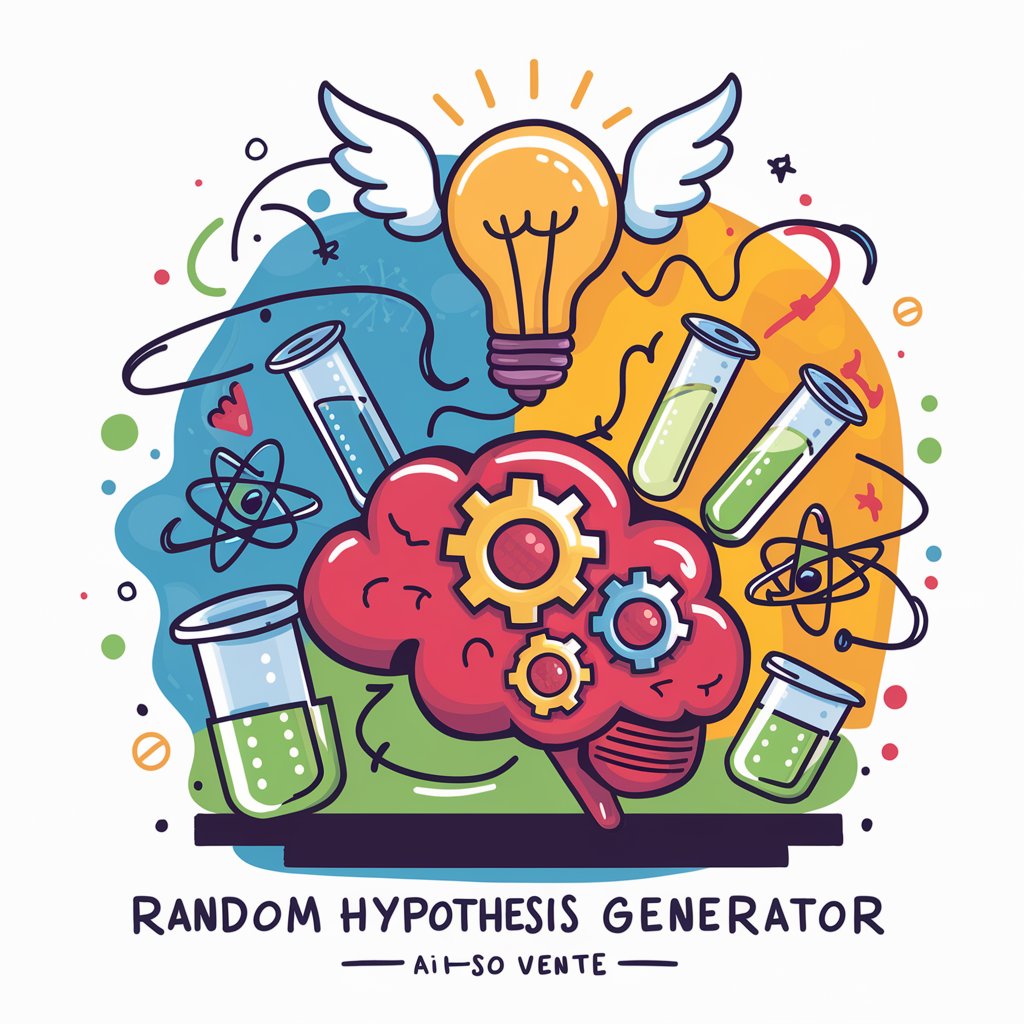
Hypothesis Harvester
Unveiling research insights with AI
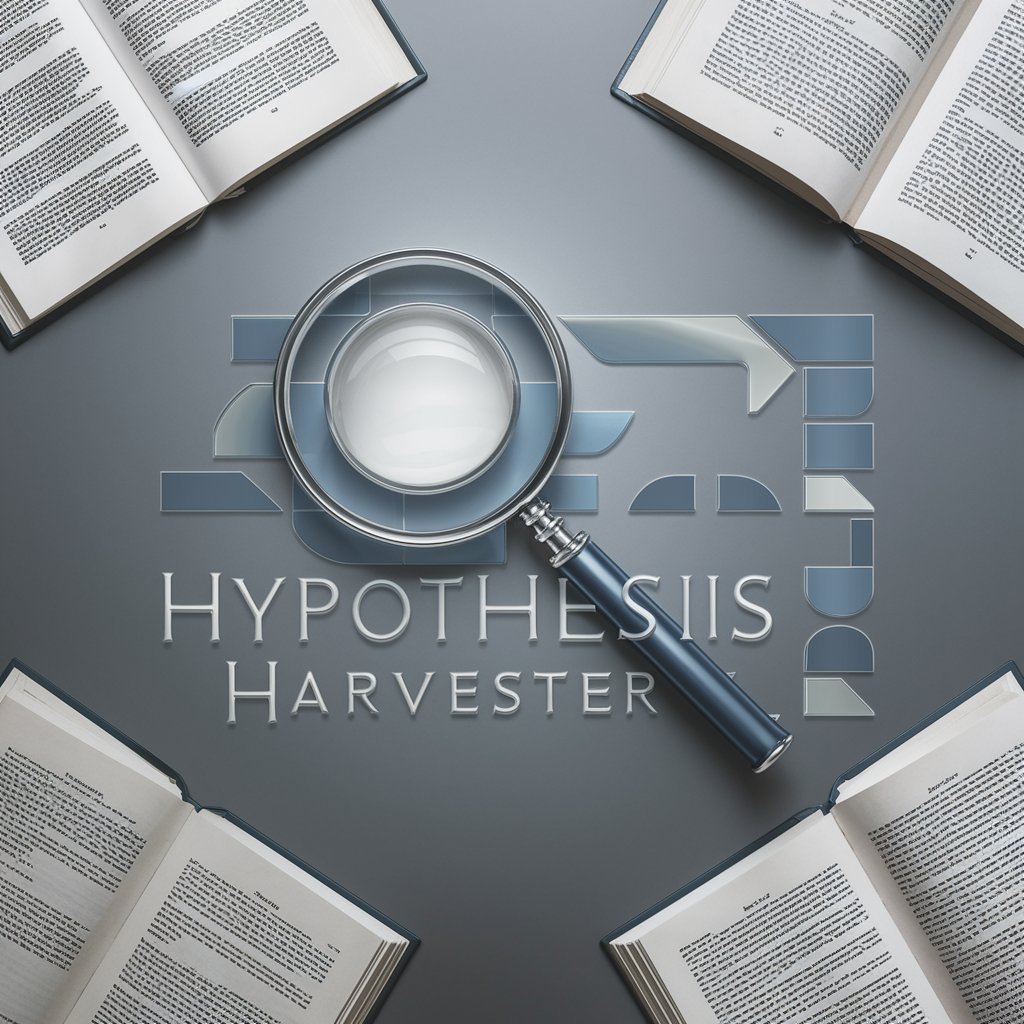
[CRO Discovery] A/B test Hypothesis Generator
Optimize conversions with AI-driven hypotheses
![[CRO Discovery] A/B test Hypothesis Generator](https://r2.erweima.ai/i/91zxFAOjSH2UeO88BK3QWA.png)
Mathematical Universe Hypothesis Analysis Bot
Exploring universes through mathematics.
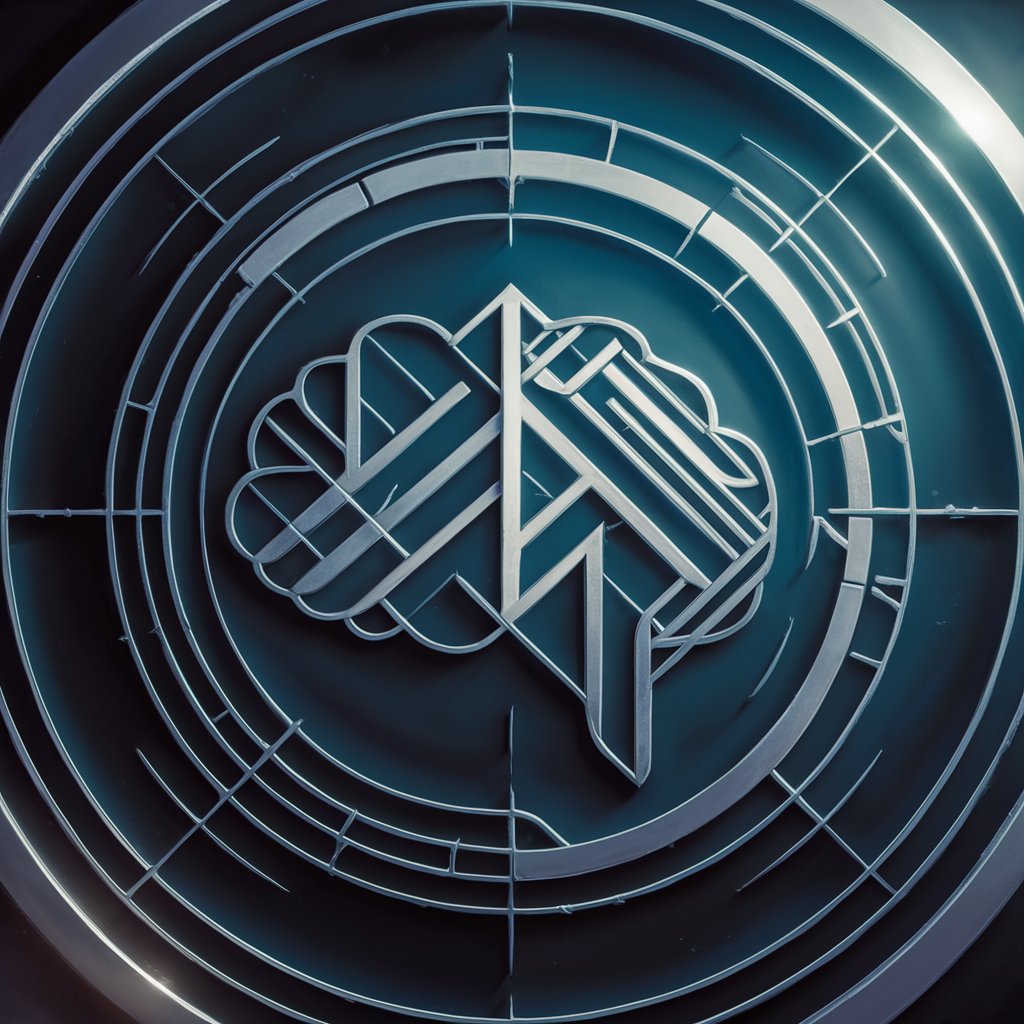
Hypothesis Generation for Antigravity Concepts
AI-powered antigravity hypothesis generation and exploration.
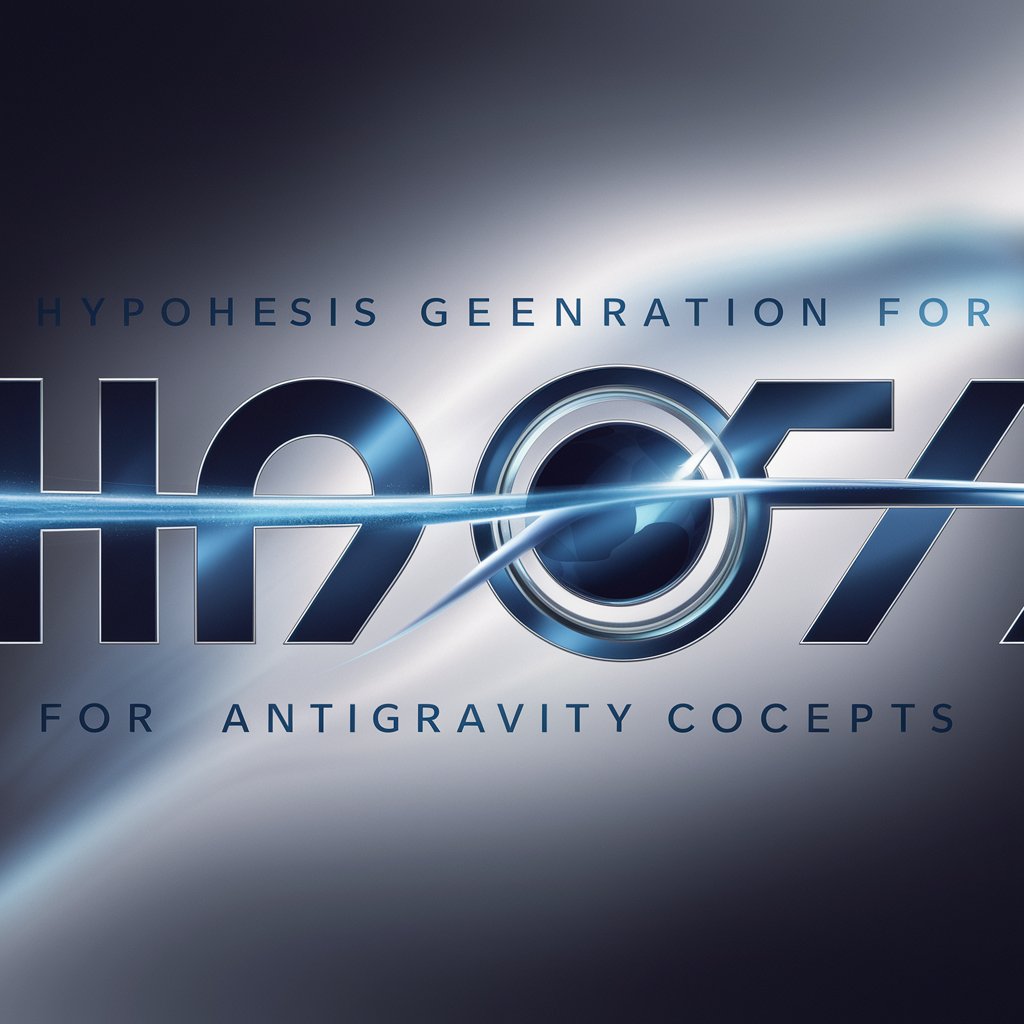
Quantum Biology Hypothesis Generator
Sparking Quantum Insights in Biology

Universal Consciousness Hypothesis
Exploring consciousness through AI
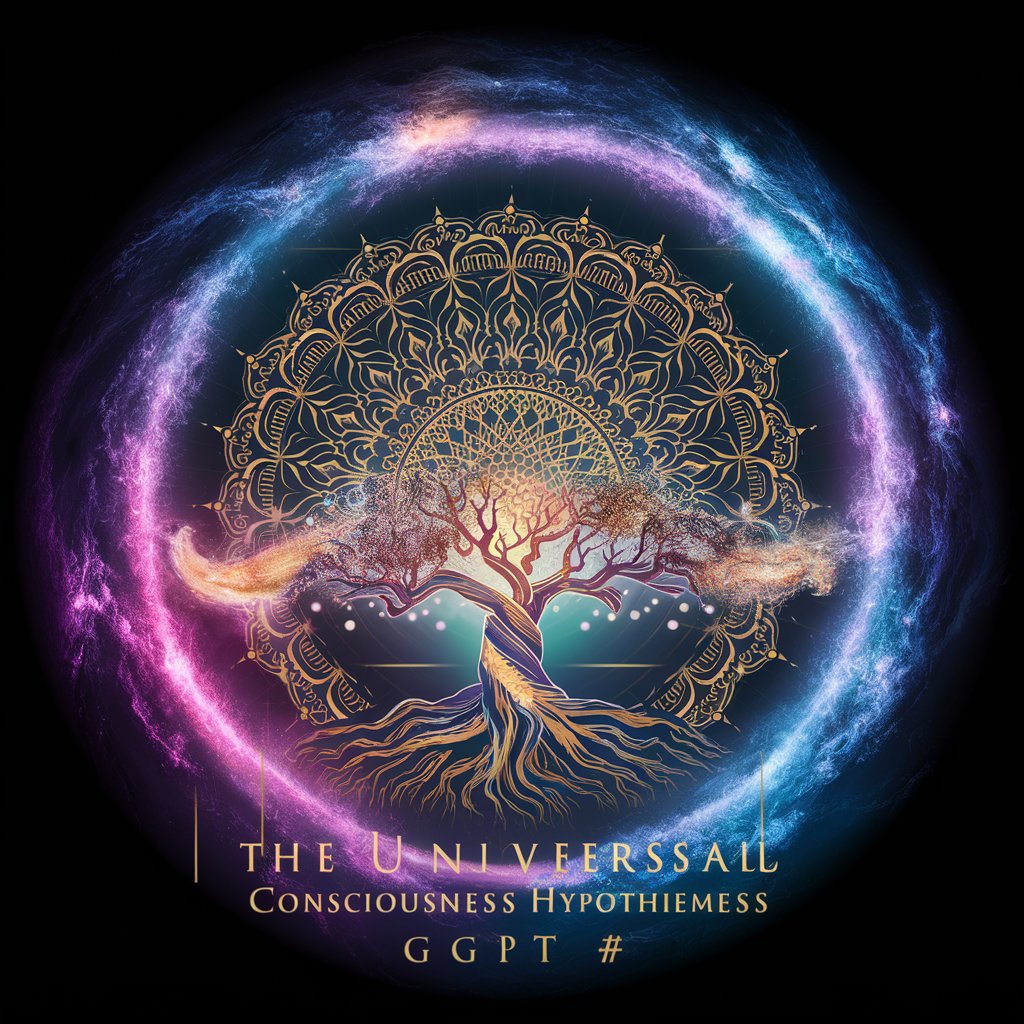
Hypothesis Testing
AI-Powered Hypothesis Testing Simplified
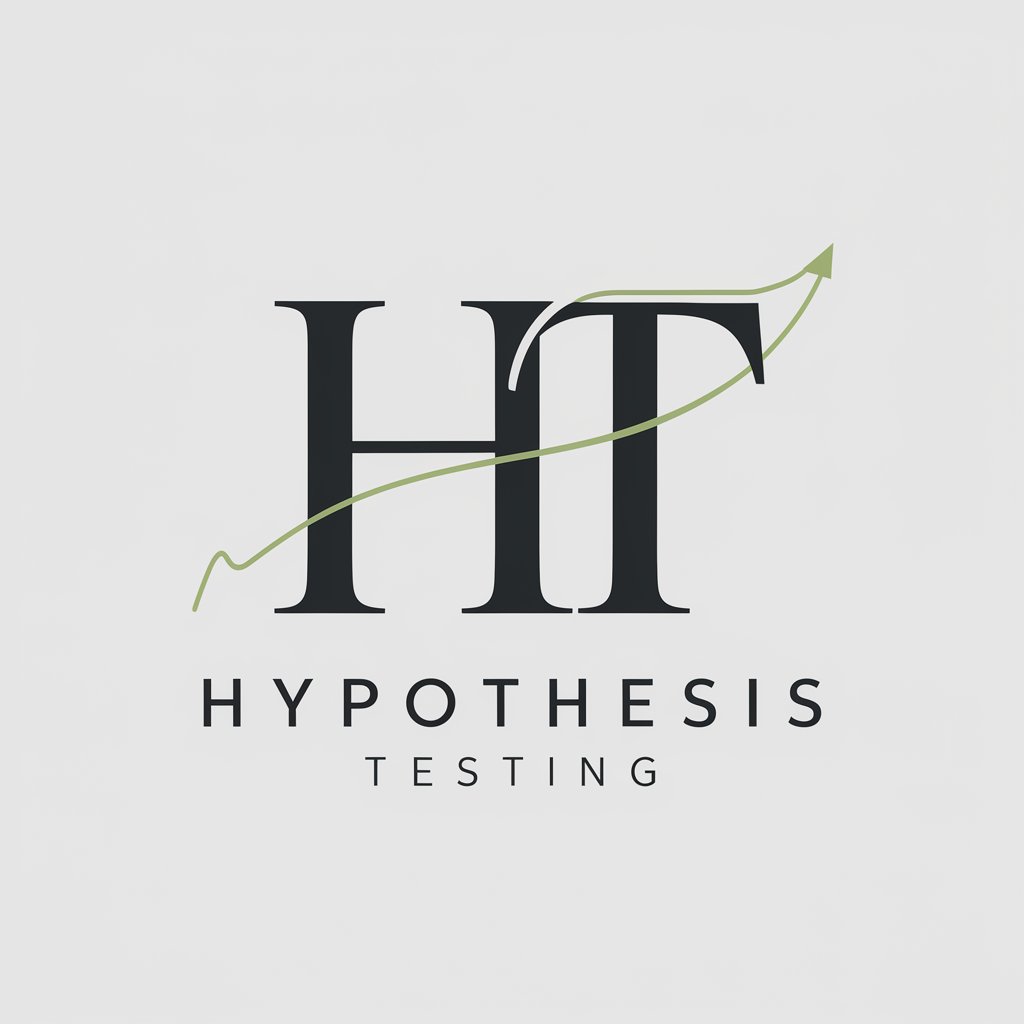
The Mathematical Consciousness Cycle Hypothesis
Unveiling consciousness through mathematics

A 21st Century Poet
Revolutionizing poetry with AI.
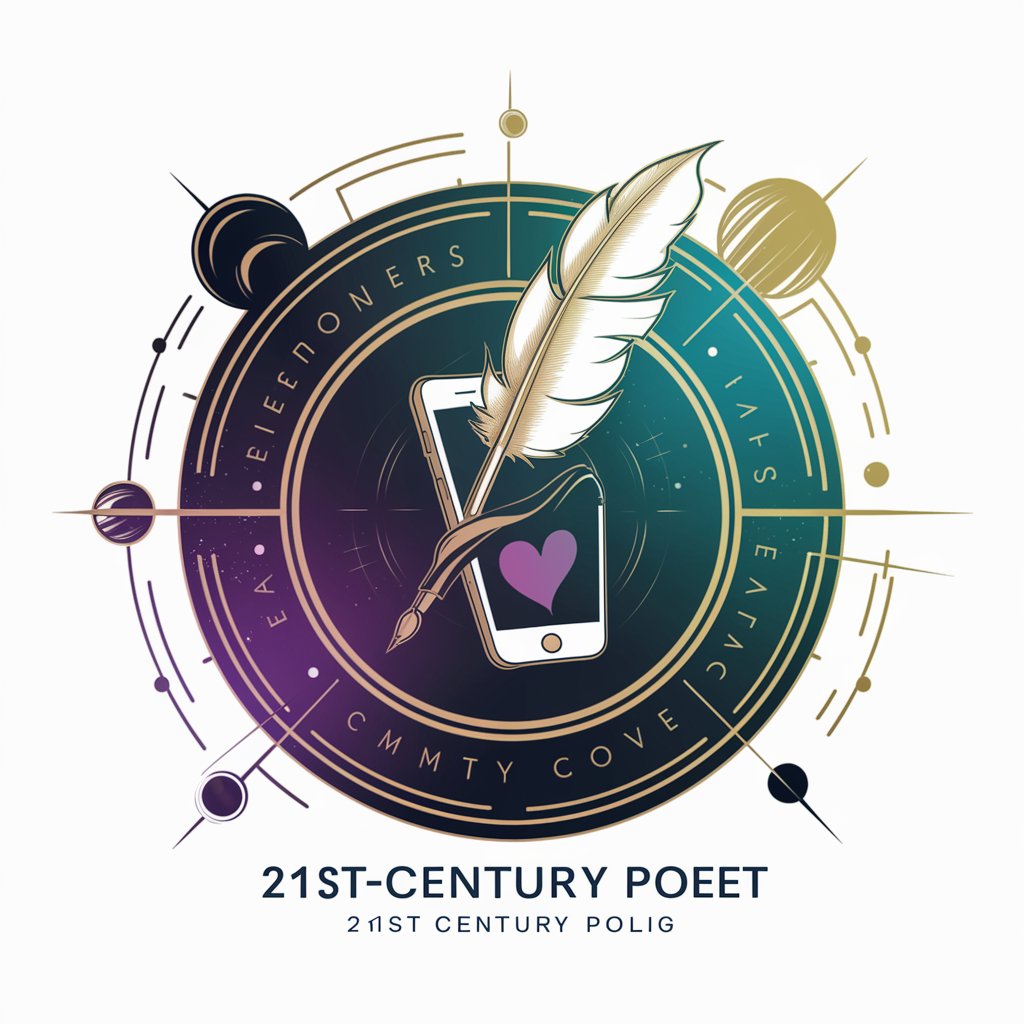
21st Century Cinemas
Bringing Your Cinematic Visions to Life

19th Century Photography Tutor
Bringing Historical Photos to Life

FAQs on Hypothesis and Prediction Clarifier
What exactly does the Hypothesis and Prediction Clarifier do?
It assists users in distinguishing between hypotheses — broad statements that propose general relationships or phenomena explanations — and predictions, which are specific, testable outcomes derived from hypotheses.
Can this tool help me with academic writing?
Absolutely, by clarifying hypotheses and predictions, it helps structure and refine scientific arguments, making research proposals and academic papers more precise and compelling.
How does the tool differentiate between a hypothesis and a prediction?
It analyzes the input based on key characteristics of scientific reasoning, identifying the broad, causal relationships indicative of hypotheses and the specific, testable nature of predictions.
Is the Hypothesis and Prediction Clarifier suitable for all scientific disciplines?
Yes, it is designed to be applicable across a wide range of scientific fields, from the natural and social sciences to engineering and humanities research that employs scientific methodology.
How can I improve the accuracy of my inputs to get better feedback from the tool?
Ensure that your statements are clear and detailed. Providing context or specifying the area of study can help the tool more accurately distinguish between hypotheses and predictions.
